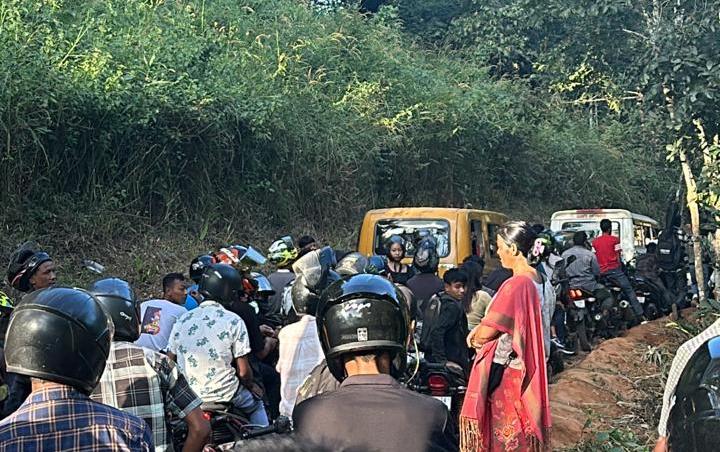Roopak Goswami
Shillong, Nov 9: The World Bank(WB) has expressed satisfaction with the implementation of Meghalaya Health Systems Strengthening Project as it successfully achieved four of its five key objectives till now indicating a strong trajectory toward improving health outcomes and strengthening healthcare infrastructure in the state.
The Government of India, the Government of Meghalaya and the World Bank in 2021 had signed a $40 million health project to improve the quality of health services and strengthen capacity of the state to handle future health emergencies, including the COVID-19 pandemic.
The project will enhance the management and governance capabilities of the state and its health facilities; expand the design and coverage of the state’s health insurance program; improve the quality of health services through certification and better human resource systems; and enable efficient access to medicines and diagnostics. It will also benefit health sector staff at the primary and secondary levels by strengthening their planning and management capabilities and building their clinical skills. The project will enable women to better utilize healthcare services at the community level.
All the 12 districts in Meghalaya will benefit from the project.
The latest Implementation Status and Results Report highlights steady progress of the project which is now in its third year. The project has successfully achieved four of its five key objectives, indicating a strong trajectory toward improving health outcomes and strengthening healthcare infrastructure in the state. Forty per cent of the loan has been disbursed and the project will conclude in 2027.
The project is structured around three primary components aimed at enhancing accountability, healthcare quality, and service utilization across Meghalaya. Of the 13 intermediate indicators, eight have met their targets, one faces minor delays, and four are yet to report progress.
On strengthening accountability and governance component, the project has achieved considerable milestones, with 122 state and local health entities actively participating. Disbursement efforts have improved significantly, with 35% of the allocated funds disbursed, of which 55% have been utilized. “The implementation of Clinical Vignettes, a tool to assess and improve clinical knowledge and practice, has reached 40% staff participation, fostering accountability and skill development across health facilities” the report said.
Regarding enhancing quality in healthcare services, infrastructure upgrades are progressing well, with 110 of 149 health facilities completed and financial progress standing at 73%. Proposed repairs for nursing schools in Nongpoh, Nongstoin, and William Nagar are under assessment, marking important steps toward bolstering healthcare education. “Progress in human resource development is also notable, as 55% of doctors and 30% of nurses have completed training programs. The Human Resources Management Information System (e-HRMIS), known as Manav Sampada, is advancing smoothly and will soon be adopted” the report stated.
Under the Early Childhood Development (ECD) interventions, five out of ten deliverables are complete, with ongoing work on one and four still pending. “The project management unit (PMU) has engaged the Society for Action in Community Health (SACH) to create a Social Behavior Change Communication (SBCC) strategy aimed at enhancing health awareness and encouraging healthier practices within communities” the report stated.



